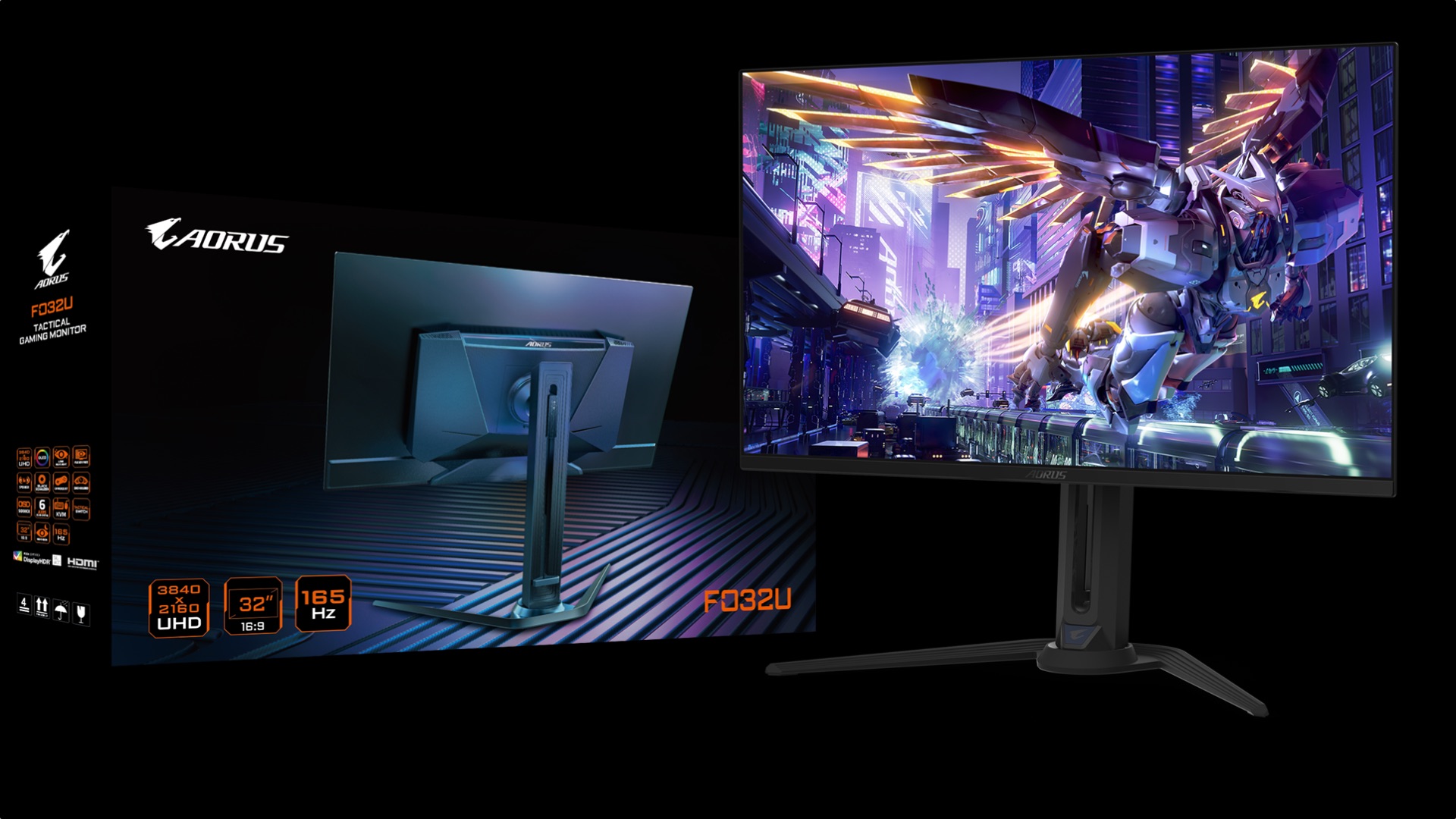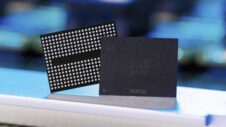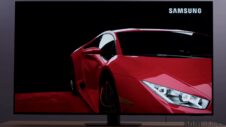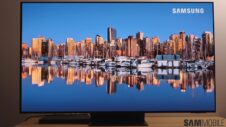At CES 2024, Gigabyte launched five monitors with Samsung’s QD-OLED display panels. One of them was AORUS FO32U2. Now, the company has launched a trimmed-down variant of that monitor, AORUS FO32U, and it also sports Samsung’s QD-OLED display panel. Let’s take a look at its price, availability details, and features.Summarize in one-click with Galaxy AI
Gigabyte has launched the AORUS FO32U by listing the monitor on its official website for many countries, including the United States of America and India. However, the company has neither announced the price nor the availability of the new monitor. We were also not able to find its listing on any major online shopping platform.
How does AORUS FO32U differ from AORUS FO32U2?
The AORUS FO32U has three downgrades compared to the AORUS FO32U2. First, it has a 165Hz refresh rate instead of a 240Hz refresh rate. Second, it comes with ClearMR 9000 certification instead of ClearMR 13000 certification. Third, it lacks RGB Fusion 2.0.
If you are interested in QD-OLED gaming monitors, you should consider Samsung's new Odyssey OLED G6. You can take a look at it in the video below. If you are interested in purchasing it, click on the buy button at the end of this article to get the best deal on it.
Gigabyte AORUS FO32U features
Apart from these three things, everything else about the AORUS FO32U is the same as the AORUS FO32U2. The screen is a 31.5-inch QD-OLED panel from Samsung Display with 3,840 x 2,160 pixels resolution, 0.03ms gray-to-gray (GTG) response time, 250 cd/m2 typical and 1,000 nits peak brightness, 99% coverage of the DCI-P3 color gamut, and color accuracy of deltaE<2.
Connectivity-wise, you get 2x HDMI 2.1 ports, 1x DisplayPort 1.4 port, 1x USB Type-C port with DisplayPort Alternate Mode and 18W Power Delivery, 3x USB Type-A 3.2 ports, 1x 3.5mm audio jack, and 1x 3.5mm microphone jack. There are two 5W speakers onboard. Other features include a KVM switch, picture-in-picture (PiP), and picture-by-picture (PbP). The stand that comes with the monitor has adjustments for height, tilt, swivel, and pivot.
Image Credit: Gigabyte







